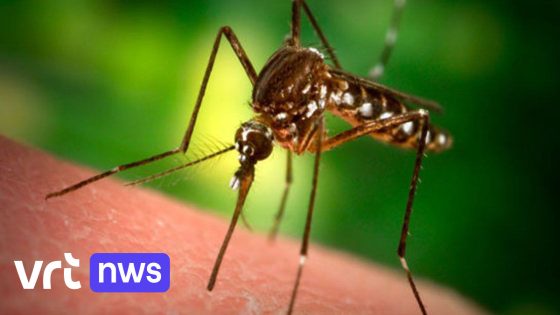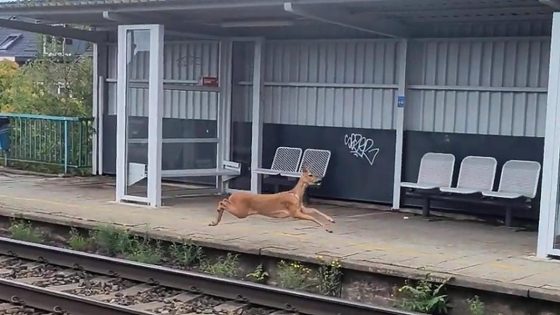This year, fewer knijten have been observed along the Schelde river, surprising many locals familiar with the recent plagues. The University of Antwerp’s knijtenvallen counts reveal a notable drop in these pesky insects, especially in areas that previously suffered the worst infestations.
- Minder knijten waargenomen langs de Schelde.
- Universiteit Antwerpen voert knijtenvallen tellingen uit.
- Wisselvalliger weer vermindert knijtenpopulatie overal.
- Grootste daling in knijten in herstelgebieden.
- Knijten vormden eerdere jaren plaag langs Schelde.
On 2025-08-20 17:54:00, researchers confirmed that the change is linked to more variable weather patterns affecting the Schelde region. Could this signal a permanent shift in the local ecosystem? And what does it mean for residents and nature conservation efforts?
Understanding these Trends helps US gauge how climate and environmental measures influence knijten populations along the Schelde, offering hope for better control in the future.
Why are knijten counts falling so sharply, especially in recovery zones? The data suggests that weather variability disrupts their breeding cycles and survival rates. This could reshape how we manage these insects moving forward.
- Knijten traps show fewer insects overall along the Schelde
- The biggest decline occurs in ecological restoration areas
- Weather fluctuations play a key role in population changes
- Reduced knijten presence benefits local biodiversity and residents
As we monitor these trends, ongoing research and adaptive management will be crucial. Will this decline continue, or will knijten populations rebound? Staying informed helps communities and policymakers prepare for what lies ahead.































